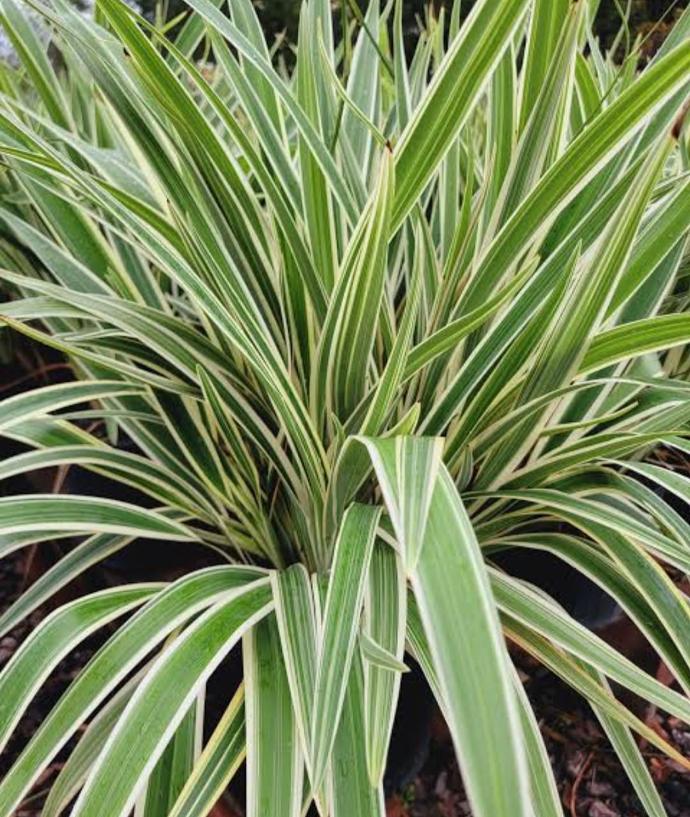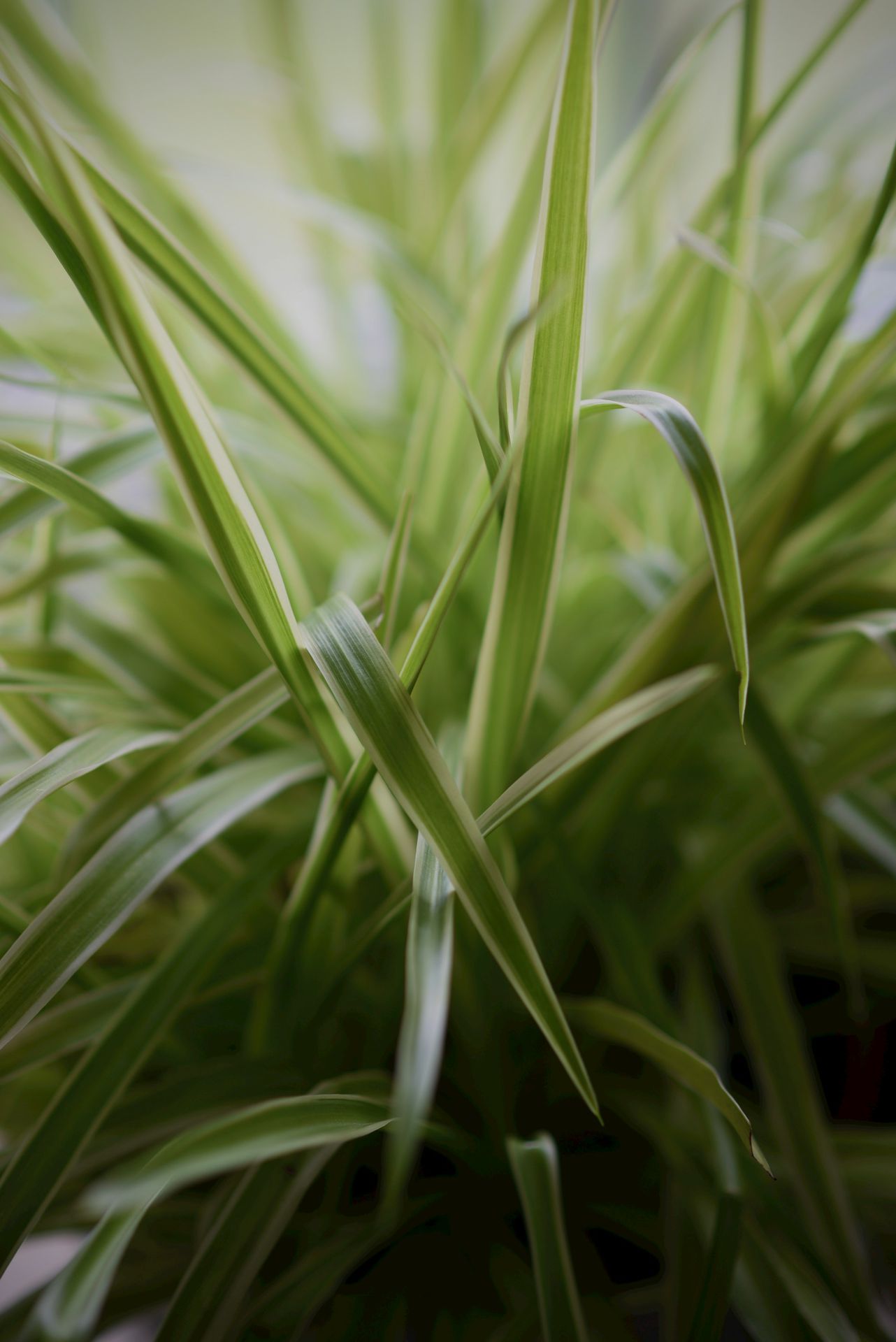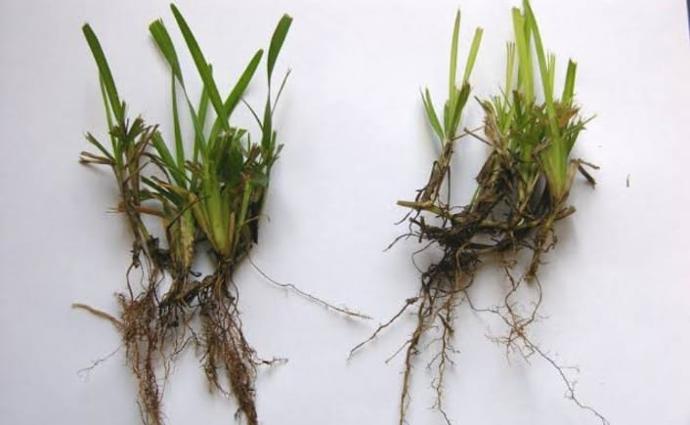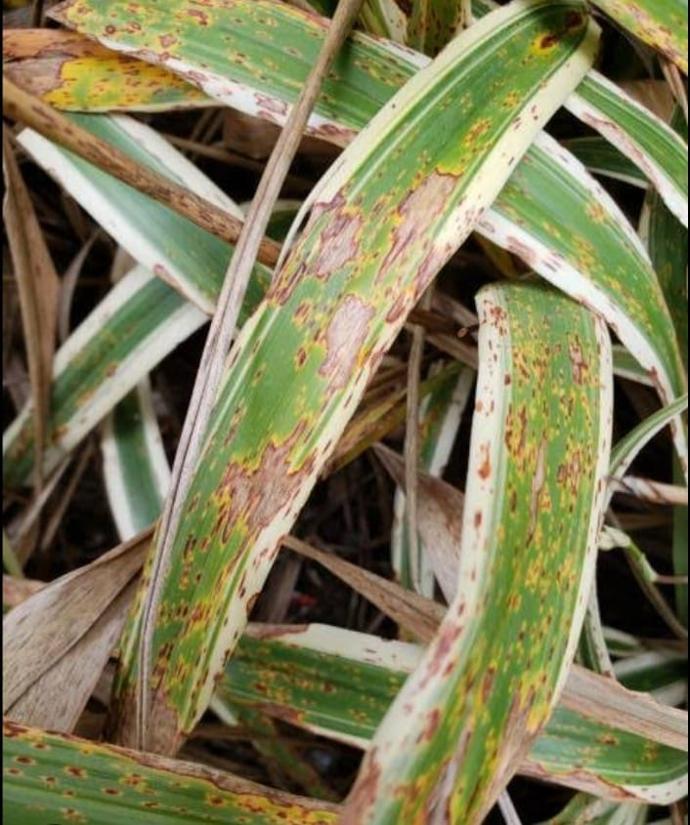Dianella Grass Plant
Dianella Grass is an ornamental grass that thrives in well-draining soil and partial to full shade. Water consistently, and provide occasional fertilization for optimal growth. Pruning helps maintain a tidy appearance and remove old or damaged foliage.

Habit
Perennial
Height
30 to 90 cm
Growth
Moderate
Soil
Well-drained, sandy loam
Shade
Partial shade to Full Sun
Moisture
Moist
Edible
No
Medicinal
No
Origin
Australia
Climatic Condition
Warm, temperate
Temperature (°)
10 to 30
Humidity (%)
50 to 80
Potting media
Spring to Summer
Fertilizers
6.0 to 7.5
Watering
Moderate watering
Plant Weight
100 to 300 g
Flowering Time
Partial shade
Soil Ph level
6.0 to 7.5
Water Ph level
6.0 to 7.5
Soil EC
0.4 to 1.2
Yield Per Plant
Ornamental
NPK ratio
14:14:14
life Span
Perennial
Health Benefits
Ornamental, attracts pollinators, drought-resistant.
Suggested Grow Media or Potting Mix ?
50% loamy soil, 30% compost, 20% sand
Suggested Fertigation/Fertilizers
Fertilize every 4 weeks with a balanced fertilizer.
Common Diseases and Remedies
Leaf spot, Root rot, Rust
Brown spot surrounded b yellow will occur on the leaf. Stagnant water in the pot makes the roots to rot due to more moist condition. Leaf turn yellow.
Remove the effected part of the plant. Use pots with draining holes and well draining pot mix.
HEALTH BENEFITS
- Some Dianella species have edible berries with antioxidant properties.
- The roots have been used in traditional medicine for wound healing.
What Is An Dianella grass Tree?
Dianella grass plants, also known as flax lilies, are a group of flowering plants with strap-shaped leaves. They belong to the family Asphoderaceae, commonly referred to as the monocot family.
Dianella grass plant is a tufted herb with linear leaves, bisexual flowers, and fruits. It comes in many colors such as blue, purple, and white.

What Are The Different Types Of Dianella lily Plants?
1. Dianella brevipedunculata
This plant is native to the eastern states, primarily southern Queensland, and grows in warm, humid climates.
2. Dianella Cassa Blue
A type of flax lily. This plant is known for its striking blue-green leaves.
3. Dianella Tasmanica
Also known as the Tasmanian flax lily, this plant is native to the forests of Tasmania, Victoria and coastal New South Wales.
4. Dianella caerulea
Small evergreen tufted perennial with widely spotted, striped leaves. Flowers vary in color from pale blue to dark blue, and purple berries appear in summer.
5. Dianella revoluta
Also known as blue flax lily or black flax lily. This Australian perennial plant has long, narrow leaves that are usually green or blue-green.

How to care for Dianella grass Plants ?
1. Location
Dianella plants tolerate a wide range of conditions including heat, moisture, and drought.
2. Sunlight
Dianella plants prefer full sun to partial shade. Too much sunlight can cause the leaves to become crispy, brown, or spotted.
3. Hydration
Dianella plants require good drainage when watered regularly or in areas with high rainfall.
4. Soil
Dianella plants grow best in well-drained, nutrient-rich, fertile soil. You can improve your soil by adding compost, organic matter, or Seasol Super Compost. You can also use coarse, thick mulch.
5. Nutrition
In the spring, Dianella plants can be fed with a slow-release natural fertilizer.

6.Issues
Leaves turning yellow: This could be a sign of overwatering or poor drainage.
Fungal disease: A rusty color on the leaves may indicate a fungal disease.
Pests: Spider mites, mealybugs, and scale insects can damage leaves, weaken plants, and affect overall health.
What are the Benefits of Dianella grass Plants ?
Drought-tolerant: Adapts to varying moisture conditions.
Ornamental value: Provides year-round interest with foliage, flowers, and berries.
Erosion control: Can help prevent soil erosion on slopes and banks.

FAQs About Growing Dianella grass
1.How do you care for Dianella?
Regular irrigation or good drainage is required in areas with heavy rainfall.
2.Why is my Dianella dying?
Too much or too little water can cause problems for Dianella.
3.Is Dianella a good place to live?
The local community describes Dianella as accessible, growing, and family-friendly.
4.Is Dianella poisonous?
Dianella tasmanica and Dianella intermedia are known to be poisonous and should not be ingested.
5. How tall is Dianella?
When an adult he reaches 1 to 3 feet in height and width.

